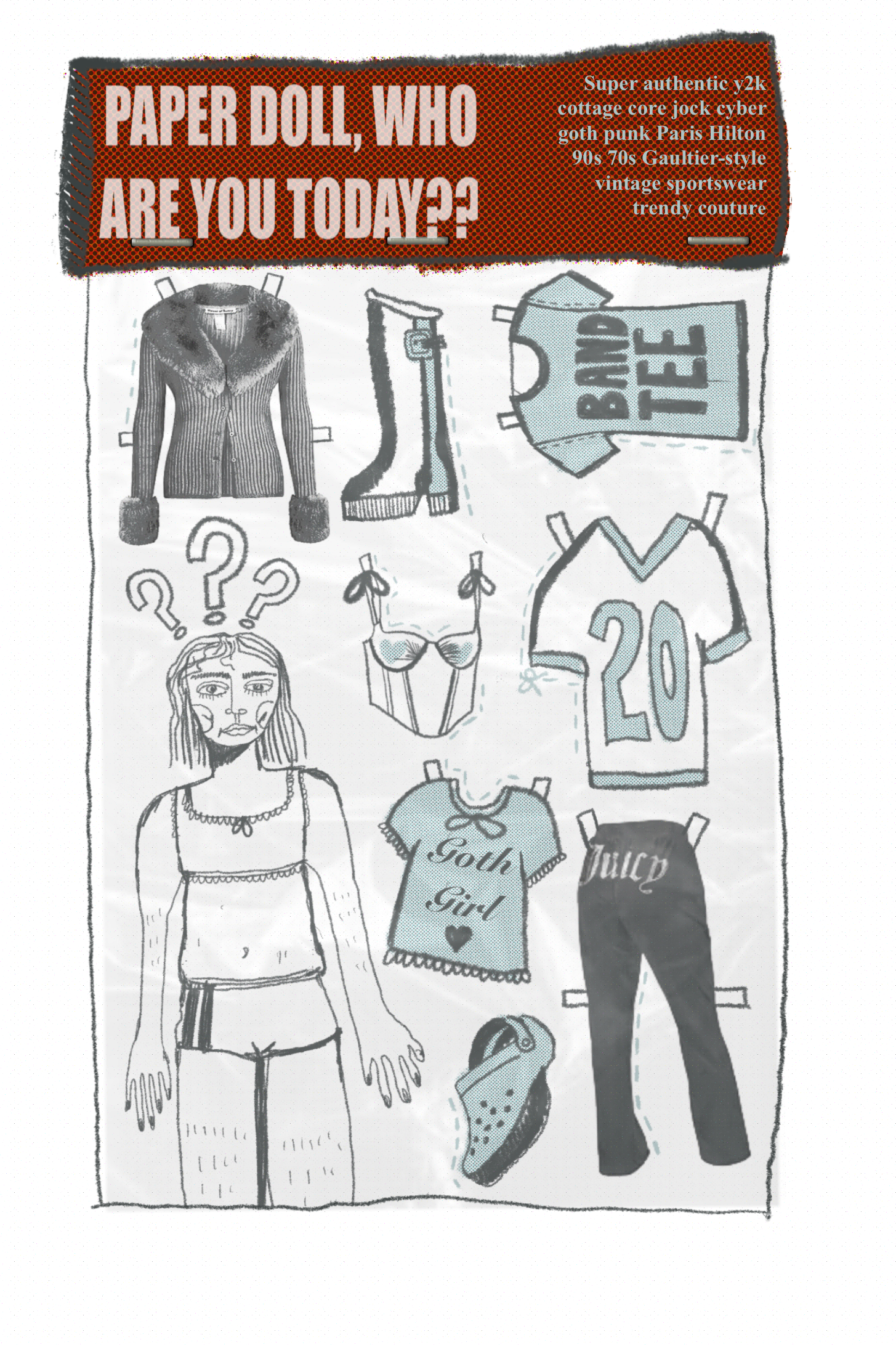by Marta Zarantonello (she/her)
I love going through old photos of my grandparents; their young faces on those pieces of paper always give me a longing for a life well lived. From trips to the Alps with friends, to sitting on the front house porch, their lives seemed so wholesome. I used to spend entire afternoons sifting through boxes of photographs, postcards, and letters, wondering if one day I would have the same.
Today, that box has become my phone. Most of us have grown up with one in our hands, documenting our naive teenage years through videos, photos, and screenshots taken at 2am.
I find myself looking through my camera roll in moments of boredom, wanting to feel that sweet nostalgia of my early teens and, more specifically, my first 5 Seconds of Summer concert. The day of the concert, my friends and I skipped school so that we could join the early queue, convinced that the band members would see us and immediately fall in love, in true fanfiction fashion. What I did not expect however, was that everyone else in the queue was wearing the same red and black checked shirt and black skinny jeans that I had picked out to wear that morning. It almost felt like that flannel and jeans pairing had been assigned to us, a previously arranged uniform we all had to wear in order to be a dedicated fan. I was left questioning: was I just another stan with a Twitter account? I couldn’t help but feel like I needed to escape from this indie fangirl label I found myself wearing that night. I (naively) thought that assigning yourself to an aesthetic label must be catastrophically reductive.
That same year, I went on a trip to Berlin with my family. Coming from a small town in Italy, I was blown away as I walked the streets of the city for the first time. The freedom and confidence I saw in people playing with subcultural styles made me rethink my relationship with labels and their canonical purposes. Labels are powerful tools; they always have been throughout history. Dictators used them to build a nationalist feeling amongst their people, understanding the cruciality of a simple and cohesive image. Their speeches were never elaborate or complicated, mirroring the accessibility and ease that a label affords. Labels were, and still are, restrictive under this political strategy, as everything from clothes to sport was dictated by the promoted moniker.
Labels have also been used in instances of insult and hate crimes, which begs the debate: should we abolish those labels which have been used to oppress entirely? Thinking this way might come from a good place, but it ultimately takes away the vocabulary to oppose this same injustice. Labels are, in essence, just tools. For example, I think we can agree that the sensible use for a knife would be to cut your veggies as opposed to harming anyone. It’s the bigoted attitude and its offensive intentions behind those using the label which deem the label oppressive. This can be flipped on its head however, as previously oppressive labels reveal themselves to be empowering when the community in question has the freedom to apply them to themselves.
Scrolling through Twitter after that 5SOS concert, I noticed many fans expressing how it was one of the best nights of their lives. Those two hours made them feel at home, gave them a sense of shared identity among other fans – all because they dressed alike. They weren’t being forced to act in a certain way or wear certain items of clothing, it was all coming from a place of joy.
Social media has allowed many communities like this to not only come together, but also to develop together. Trends, fashions, and lifestyles are being broadcasted to millions of users all over the world, influencing users both consciously and subconsciously. Platforms like TikTok and Instagram have been reaching the adolescent masses, shaping our clothing by the creation of ‘aesthetics’. From dark academia to cottage core, there are multiple aesthetics that we all now recognise. These contemporary and super niche subcultures can be of great help and inspiration, empowering people who are searching for themselves and new identities. The words used to describe these subcultural styles are not themselves limiting the individual; they are a way of expressing a joint interest in an overarching sub or counterculture where people are on the same wavelength aesthetically, but in no means the same.
Every style has spawned from somewhere, coming through multiple pre-existing influences into fruition. Clothes, and the label that might come with them, should not stop your individuality, but add qualities to it. So wear whatever speaks to you and empowers your rarity, and don’t be afraid of self-revelations at a 5SOS concert.

